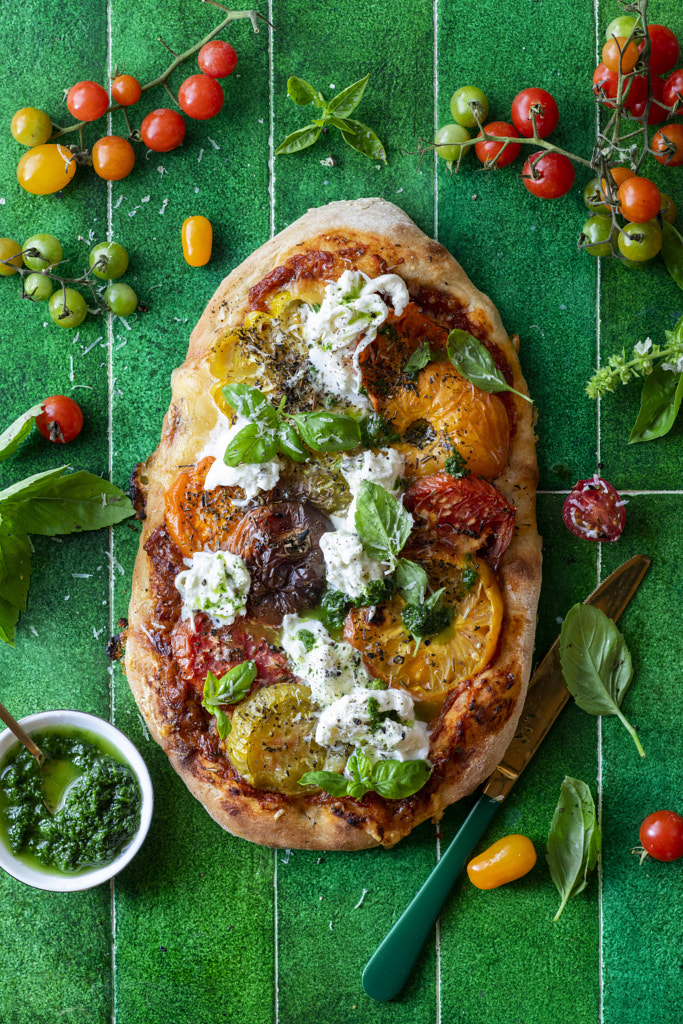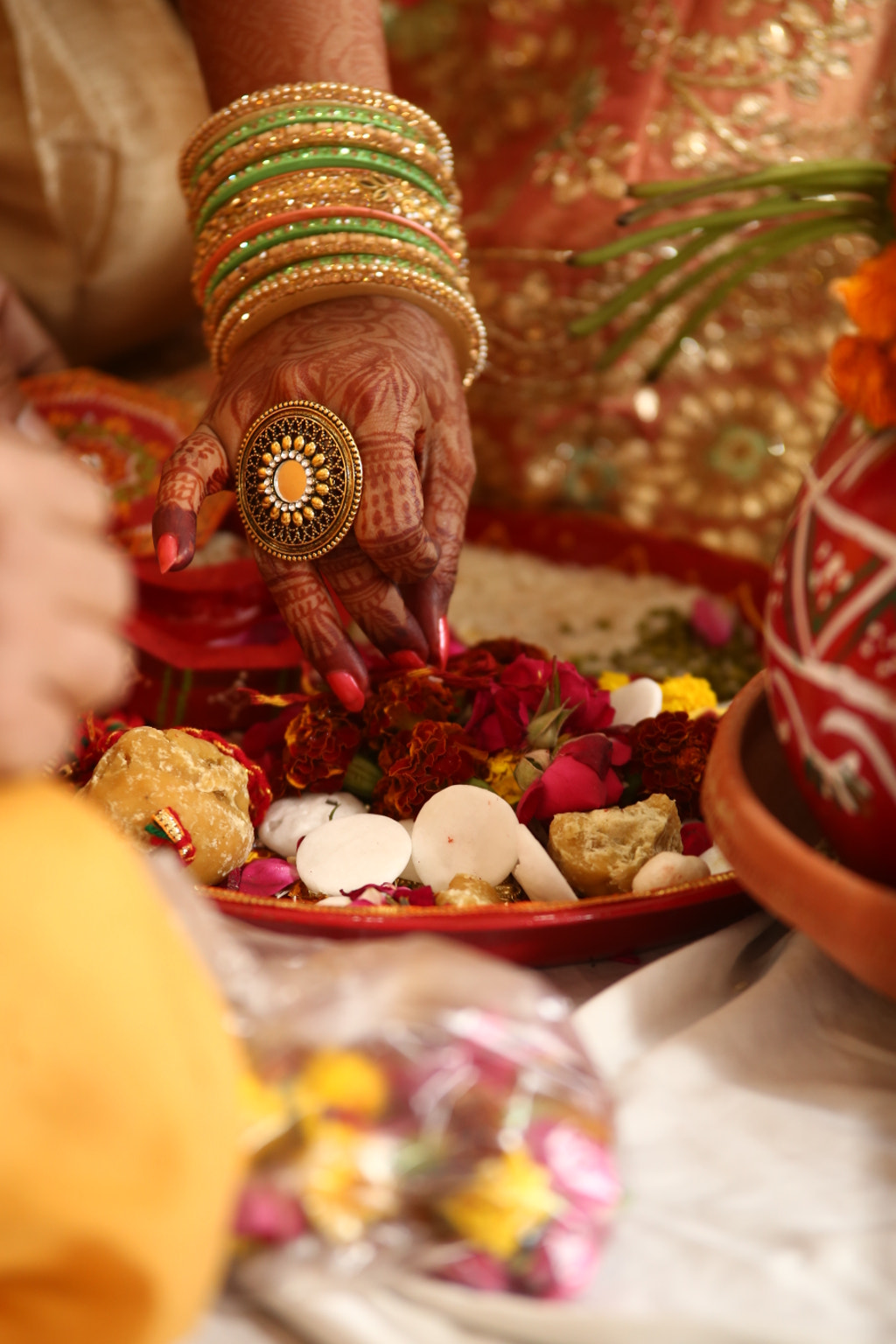Untouched landscapes. Unbelievable wildlife. Wholesome local produce. Down-to-earth folk. It’s different here. This is island life.
Kangaroo Island, also known as Karta Pintingga (literally 'Island of the Dead' in the language of the Kaurna people),[2] is Australia's third-largest island, after Tasmaniaand Melville Island. It lies in the state of South Australia, 112 km (70 mi) southwest of Adelaide. Its closest point to the mainland is Snapper Point in Backstairs Passage, which is 13.5 km (8.4 mi) from the Fleurieu Peninsula.
A mainland Aboriginal dreaming story tells of the Backstairs Passage flooding:[9]
"Long ago, Ngurunderi's two wives ran away from him, and he was forced to follow them. He pursued them and as he did so he crossed Lake Albert and went along the beach to Cape Jervis. When he arrived there he saw his wives wading half-way across the shallow channel which divided Naroongowie from the mainland. He was determined to punish his wives, and angrily ordered the water to rise up and drown them. With a terrific rush the waters roared and the women were carried back towards the mainland. Although they tried frantically to swim against the tidal wave they were powerless to do so and were drowned."
On 23 March 1802, British explorer Matthew Flinders, commanding HMS Investigator, named the land "Kanguroo (sic) Island",[10] due to the endemic subspecies of the western grey kangaroo, Macropus fuliginosus fuliginosus,[11]after landing near Kangaroo Head on the north coast of the Dudley Peninsula. He was closely followed by the French explorer Commander Nicolas Baudin, who was the first European to circumnavigate the Island and who mapped much of the island (which is why so many areas have French names)
Flinders Chase National Park, Kangaroo Island, SA.
Aptly named, these remarkable eroded granite rock formations present like immense sculptures by modernist Henry Moore.
This must-see geological landmark on the south-west coast of Kangaroo Island is very much like an outdoor art gallery – a naturally occurring Sculptures By the Sea exhibition.
Various giant chucks of “broken” granite balance on top of a huge granite dome, which is 75m above the sea. Lichen growing on the rock faces causes an intense orange patterning.
This is a magic spot for budding landscape photographers. Sweeping ocean views and plenty of wildlife don’t hurt in rounding out the experience, either.
Top 5 Australian food in American River, South Australia, Australia
‘Man of the Hole’: Last of his tribe dies in Brazil BBC
It took everything’: the disease that can be contracted by breathing California’s air Guardian
A safety diver in Hawaii posted a TikTok showing viewers how to react if they’re ever approached by sharks in the water — and it might just be the opposite of what you’d normally think 
Australian Signals Directorate releases coin with secret code to mark cyber-spy agency's 75th anniversary
Here is the The New Yorker covering her new Substack. Here is a Guardian profile:
Mary Gaitskill’s fiction is often called cold, or even brutal, but I have always loved it for nearly opposite reasons: its tender attention to the complexities of human emotion, and the compassion it coaxes from clear-eyed perception.
Do spiders dream? A new study suggests they do.National Geographic. Original
What are we learning from the Webb telescope?
Chinese scientists create first mammal with fully reprogrammed genes.
China’s Fragile Economy Is Being Hammered by Driest Riverbeds Since 1865 Bloomberg

